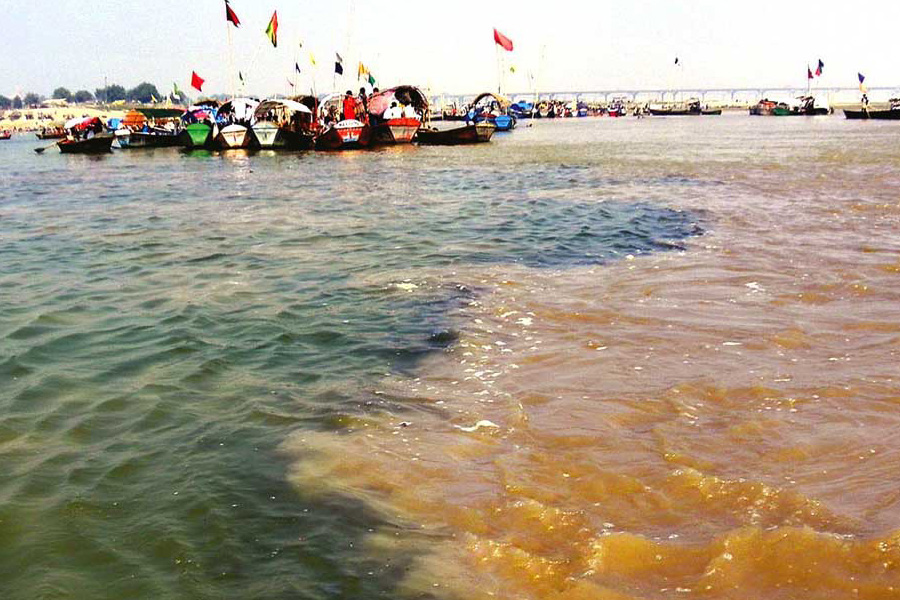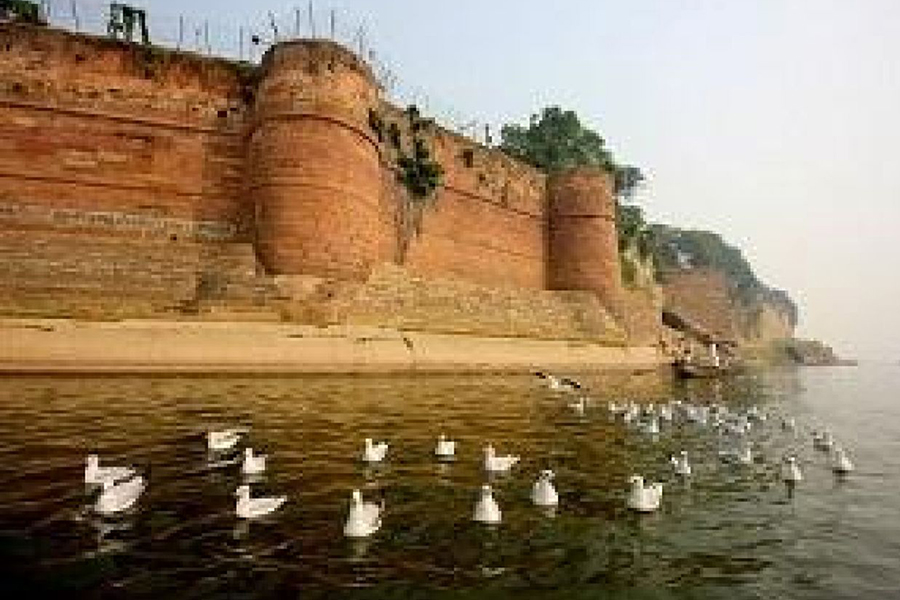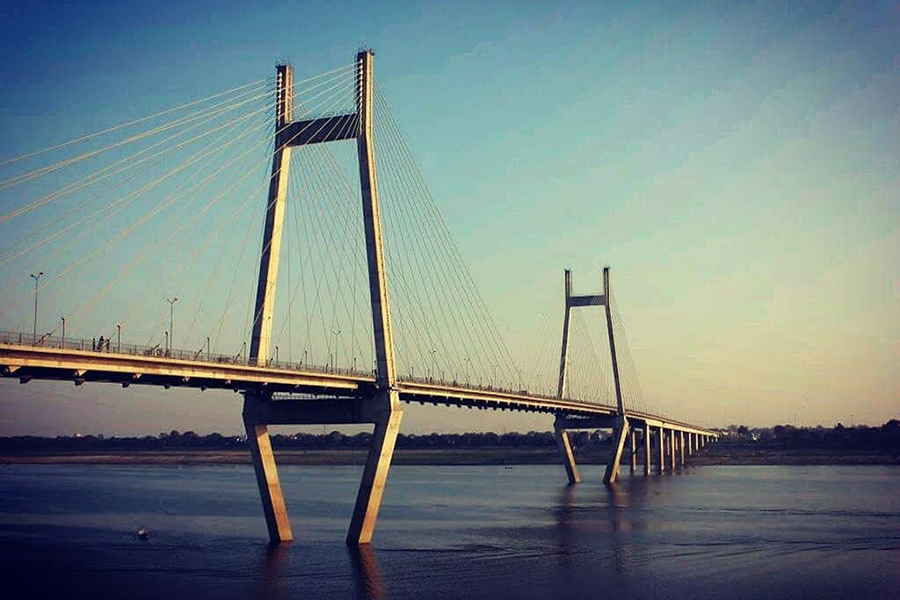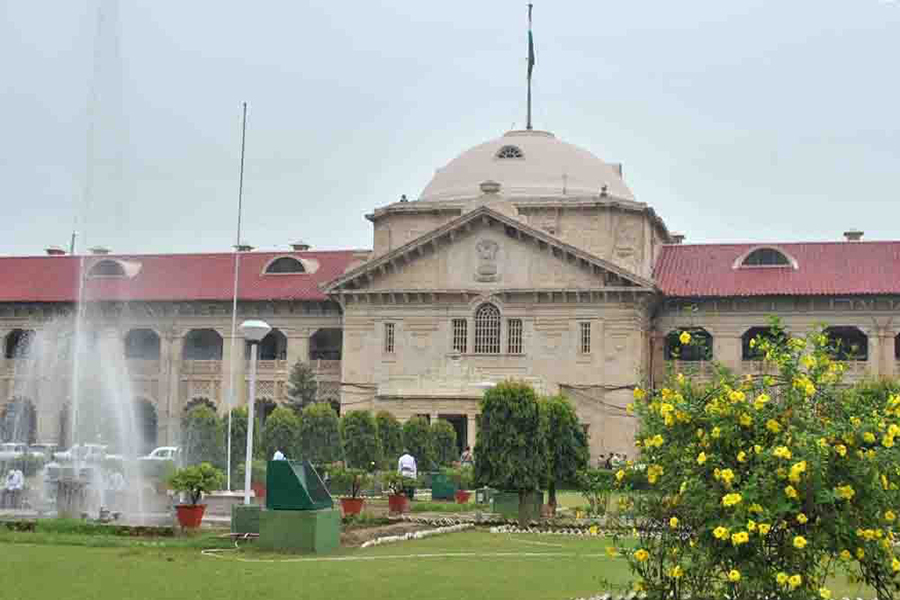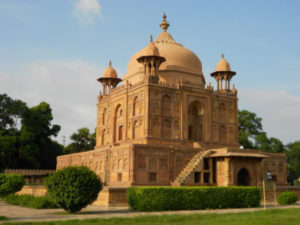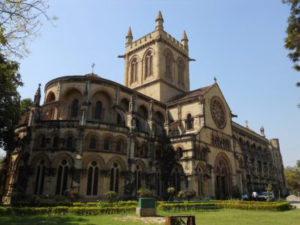Welcome to Prayagraj, a city that embodies the spiritual soul of India, and which holds a significant place in Hindu mythology. A city that needs to be seen, explored and appreciated. Some of the local attractions of Prayagraj are mentioned below.
Sangam is the Sanskrit word for convergence. Sangam in Prayagraj is the point where the three rivers meet and merge and flow ahead to Varanasi as the all encompassing Ganga. Sangam is the most popular local attractions of Prayagraj.
Allahabad Fort was built in 1583, the Mughal emperor Akbar ruled over it predominantly. The fort stands on the banks of the river Yamuna. It is recognised by the Archaeological Survey of India as a monument of national importance, because within its premises are located The Ackshayvat tree, Saraswati Koop, Ashoka laat, and the famous Patalpuri temple. Currently its occupied by the Army.
The New Yamuna Bridge is a modern cable bridge constructed in 2004, connecting Naini with the city. The old Naini bridge (built in 1865, 3150 feet long) can be seen parallel to the new bridge, symbolising the architectural progress made by the city.
Motilal Nehru established this house in 1930s as the family residence. It was later donated to ASI and was converted into a museum. All original furniture and artefacts have been left intact for visitors to see. There is a Jawahar Planetarium, situated near Anand Bhawan.
Civil Lines was built in 1858, it was formerly called Cannington. It is the shopping district of the city and is famous for its urban setting, with planned roads and shops, sometimes compared as mini Cannaught place of Delhi. Built under the supervision of Cuthbert Bensley Thornhill, it was the largest town-planning project carried out in India before the establishment of New Delhi.
The High Court of Judicature at Allahabad was established on 17 March 1866. It is the fourth high court to be established in India. The maximum number of serving judges is 160, which is the highest in India.
Khusro Bagh is a walled garden approximately 40 acres, quadrangle shaped, located in Khuldabad, next to the railway station. It includes the tombs of Shah Begum (born Manbhawati Bai), Jahangir’s Rajput wife and the daughter of Maharaja Bhagwant Das. Khusro Mirza’s, mother; Khusro Mirza himself who was Jahangir’s eldest son, and Nithar Begum, Khusro Mirza’s sister.
All Saints Cathedral British architect William Emerson, who also designed the Victoria memorial, Kolkatta, designed this All Saints cathedral in 1871, (locally known as Patthar Girja) It is modeled after 13th century Gothic style churches. It is situated on the crossing of SN Marg and MG road.

